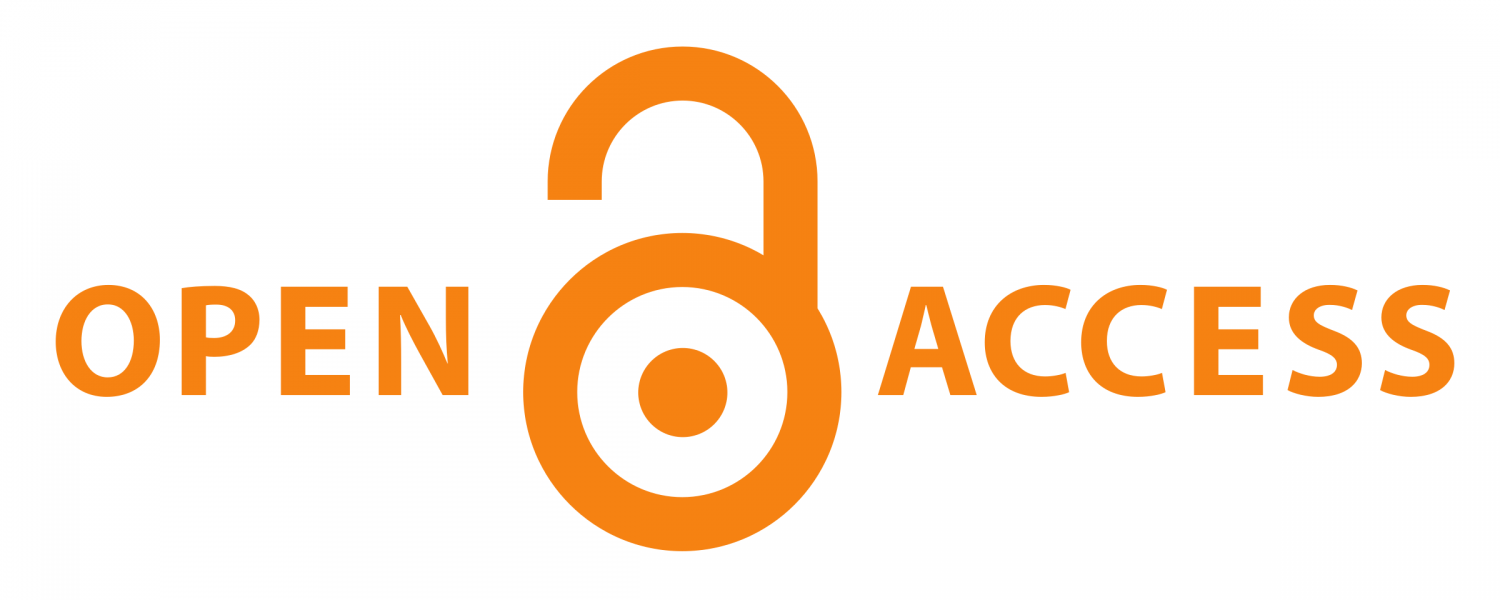Factors related to osteoporosis preventive behaviors in middle age population
Keywords:
osteoporosis, knowledge, belief, self- efficacy, preventive behaviorsAbstract
Objective The purpose of this study were to examine factors related to osteoporosis preventive behaviors (OPPB) in the middle age population of Huay Yab, Ban Thi district, Lamphun Province.
Methods The descriptive correlation study have been focused on 320 samples of age 35 to 59 years by stratified sampling. Data were collected by using structure interviews with questionnaires including the general profile, the knowledge of osteoporosis, the belief about osteoporosis, the self- efficacy on osteoporosis preventive behaviors, and the OPPB. The reliability and validity of questionnaires were tested and Cronbach’s alpha coefficients were obtained. The statistic analysis was performed by using Pearson’s product moment correlation coefficients and the Stepwise multiple regression analysis.
Results Finding revealed that participants had a moderate level of osteoporosis knowledge and OPPB, the level of the belief about osteoporosis and the self- efficacy were high. The belief about osteoporosis, age, knowledge and hip fracture of family history were related to the OPPB (r=.401, r=.385, r= .185, r=.148, r=.140) respectively. The self- efficacy, gender, hip fracture of family history and body mass index (BMI) could together predict 32.2% of the variables in OPPB (p<0.01).
Conclusion The self- efficacy , gender, hip fracture of family history and BMI were effected to OPPB, suggest that the interventions should aim at promoting those of factors to decrease osteoporotic fracture later in life.
References
2. Men Osteoporosis Australia. [Internet]. [cited 2018 Jul 15]. Available from: https://www.osteoporosis.org.au/men
3. Osteoporosis Center: Symptoms, Treatments, Causes, Prevention, and Diet and Exercise Recommendations [Internet]. [cited 2018 Jul 15]. Available from: https://www.webmd.com/osteoporosis/default.htm
4. World Osteoporosis Day [Internet]. [cited 2018 Jul 10]. Available from: https://www.worldo
steoporosisday.org/
5. International Osteoporosis Foundation. Fixed Risk Factors [Internet]. [cited 2018 Jul 12]. Available from: https://www.iofbonehealth.org/fixed-risk-factors
6. Department of Medicine, Faculty of Medicine, KhonKaen University. Pongchaiyakul C, editor. Textbook of Osteoporosis. Volume 2. [in Thai] Bangkok: Holistic Publishing; 2009
7. Osteoporosis Australia [Internet]. [cited 2018 Jul 15]. Available from: https://www.osteoporosis.org.au/
8. Kang H-Y, Yang K, Kim YN, Moon S, Choi W-J, Kang DR, et al. Incidence and mortality of hip fracture among the elderly population in South Korea: a population-based study using the National Health Insurance claims data. BMC Public Health. 2010;10:230.
9. Montagnani A, Gonnelli S, Alessandri M, Nuti R. Osteoporosis and risk of fracture in patients with diabetes: an update. Aging Clin Exp Res. 2011;23:84–90.
10. Dede AD, Tournis S, Dontas I, Trovas G. Type 2 diabetes mellitus and fracture risk. Metab Clin Exp. 2014;63:1480–90.
11. Gilbert MP, Pratley RE. The impact of diabetes and diabetes medications on bone health. Endocr Rev. 2015;36:194–213.
12. Napoli N, Chandran M, Pierroz DD, Abrahamsen B, Schwartz AV, Ferrari SL, et al. Mechanisms of diabetes mellitus-induced bone fragility. Nat Rev Endocrinol. 2017;13:208–19.
13. Kim SH, Kim YM, Yoo JS, Choe EY, Kim TH, Won YJ. Increased risk of hip fractures in Korean patients with type 2 diabetes: a 6-year nationwide population-based study. J Bone Miner Metab. 2017 ;35:623–9.
14. Krasselt M, Baerwald C. [An update on glucocorticoid-induced osteoporosis]. Dtsch Med Wochenschr. 2016 ;141:352–7.
15. Saag K, Warriner AH. Glucocorticoid induced osteoporosis [Internet]. Endocrinology Advisor. 2016 [cited 2018 Jul 15]. Available from: https://www.endocrinologyadvisor.com/endocrinology-metabolism/glucocorticoid-induced-osteoporosis/article/595227/
16. Amiche MA, Albaum JM, Tadrous M, Pechlivanoglou P, Lévesque LE, Adachi JD, et al. Efficacy of osteoporosis pharmacotherapies in preventing fracture among oral glucocorticoid users: a network meta-analysis. Osteoporos Int. 2016;27:1989–98.
17. Buckley L, Guyatt G, Fink HA, Cannon M, Grossman J, Hansen KE, et al. American College of Rheumatology guideline for the prevention and treatment of glucocorticoid-induced osteoporosis. Arthritis & Rheumatology. 2017 ;69:1521–37.
18. Osteoporosis: Are You at Risk? [Internet]. WebMD. [cited 2018 Jul 27]. Available from: https://www.webmd.com/osteoporosis/guide/osteoporosis-risk-factors
19. Tungsiripracha S, Ruengtip P. Factors Influencing the Risk of Osteoporosis in Menopausal Women. [in Thai] Srinagarind Med J 2016; 31:320-4.
20. Pothiban L, Pungchompoo W. Knowledge, Belief, Self-efficacy Pertaining Osteoporosis Preventive Behaviors and Osteoporosis Preventive Behaviors among the Middle Adult Population. [in Thai] Nursing Journal. 2013; 40(Suppl):67-78 .
21. Sinsoongsud T, Piaseu N. Factors Predicting preventive behavior for osteoporosis in university students. [in Thai] Rama Nurs J. 2015; 21:244-58.
22. Youngcharoen P, Aree-Ue S, Malathum P. Selected factors predicting osteoporosis preventive behavior among nursing personnel. [in Thai] Rama Jurs J. 2011;17:1-19.
23. Chanapa P, Maungrung M. The questionnaire related to Osteoporosis Knowledge Test [in Thai], translated from Kim KK, Horan ML, Gendler P, “Revised by Gendler P, Coviak C, Martin J, Kim KK.” Question 26 was developed as an addition to the Revised Osteoporosis Knowledge Test (2011, 2012) by Hurst PV (2006). Permission by Gendler P. Grand Valley State University. Michigan St. USA. 2017.
24. Kim KK, Horan ML, Gendler P, Patel MD. Development and evaluation of the osteoporosis health belief scale. Res Nurs Health 1991; 14: 155–63.
25. Aree-Ue S, Pothiban L, Belza B, Sucamvang K, Panuthai S. Osteoporosis preventive behavior in Thai older adults: feasibility and acceptability. J Gerontol Nurs. 2006;32:23–30.
26. Horan ML, Kim KK, Gendler P, Froman RD, Patel MD. Development and evaluation of the Osteoporosis Self-Efficacy Scale. Res Nurs Health 1998; 21: 395–403. Permission to use instrument by Gendler P. Grand Valley State University. Michigan St. USA. 2017.
27. Bandura, A. (1997). Self-efficacy: The exercise
of control. New York: W.H. Freeman and Company.
28. Ribeiro V, Blakeley JA. Evaluation of an Osteoporosis Workshop for Women. Public Health Nursing. 2001;18:186–93.
29. Peterson BA, Klesges RC, Kaufman EM, Cooper TV, Vukadinovich CM. The Effects of an Educational Intervention on Calcium Intake and Bone Mineral Content in Young Women with Low Calcium Intake. Am J Health Promot. 2000;14:149–56.
30. Clark NM, Dodge JA. Exploring self-efficacy as a predictor of disease management. Health Educ Behav. 1999;26:72–89.
31. Piaseu N, Schepp K, Belza B. Causal analysis of exercise and calcium intake behaviors for
osteoporosis prevention among young women in Thailand. Health Care Women Int. 2002; 23:364–76.
Downloads
Published
How to Cite
Issue
Section
License

This work is licensed under a Creative Commons Attribution-NonCommercial-NoDerivatives 4.0 International License.








